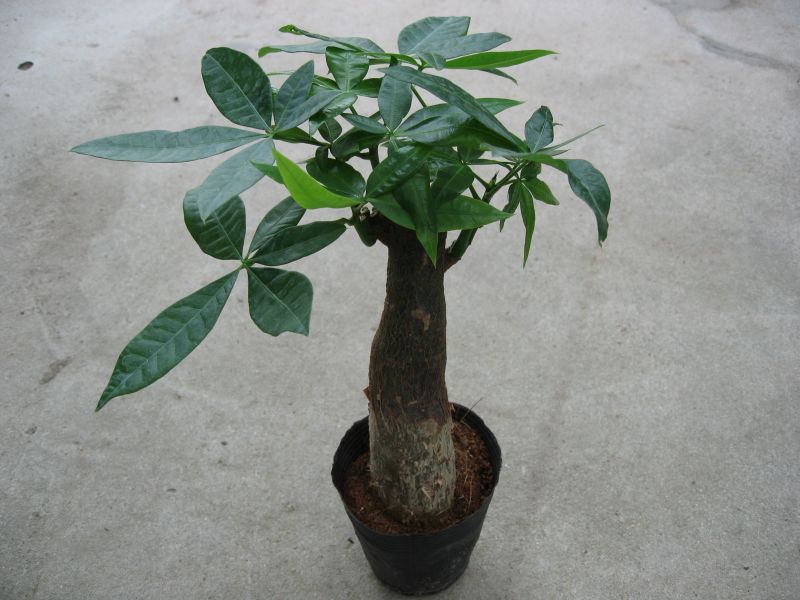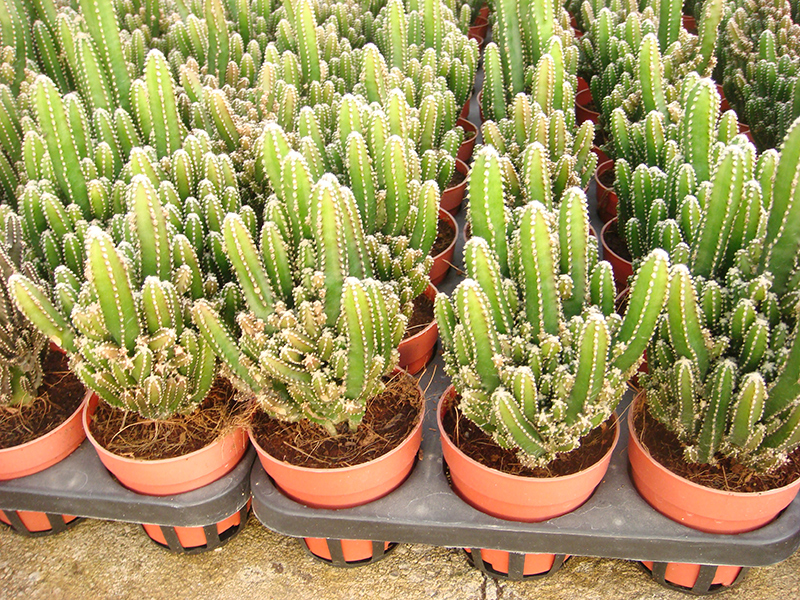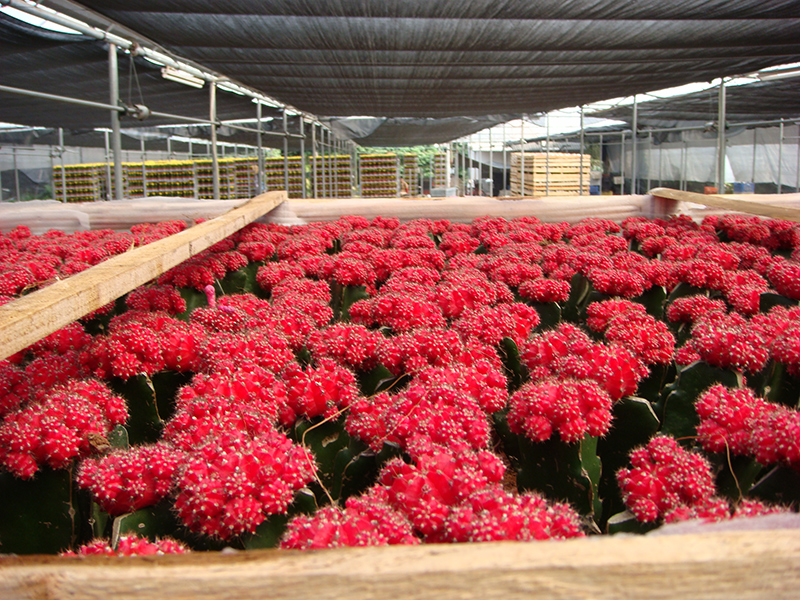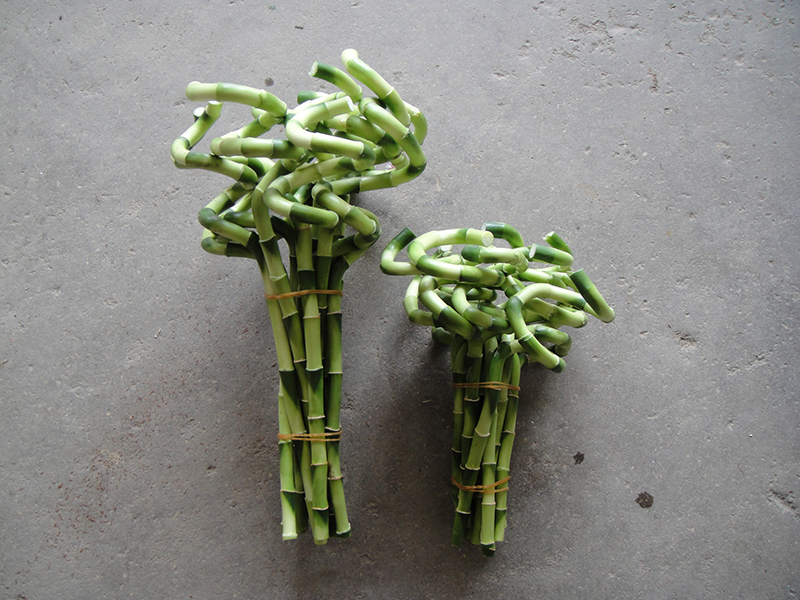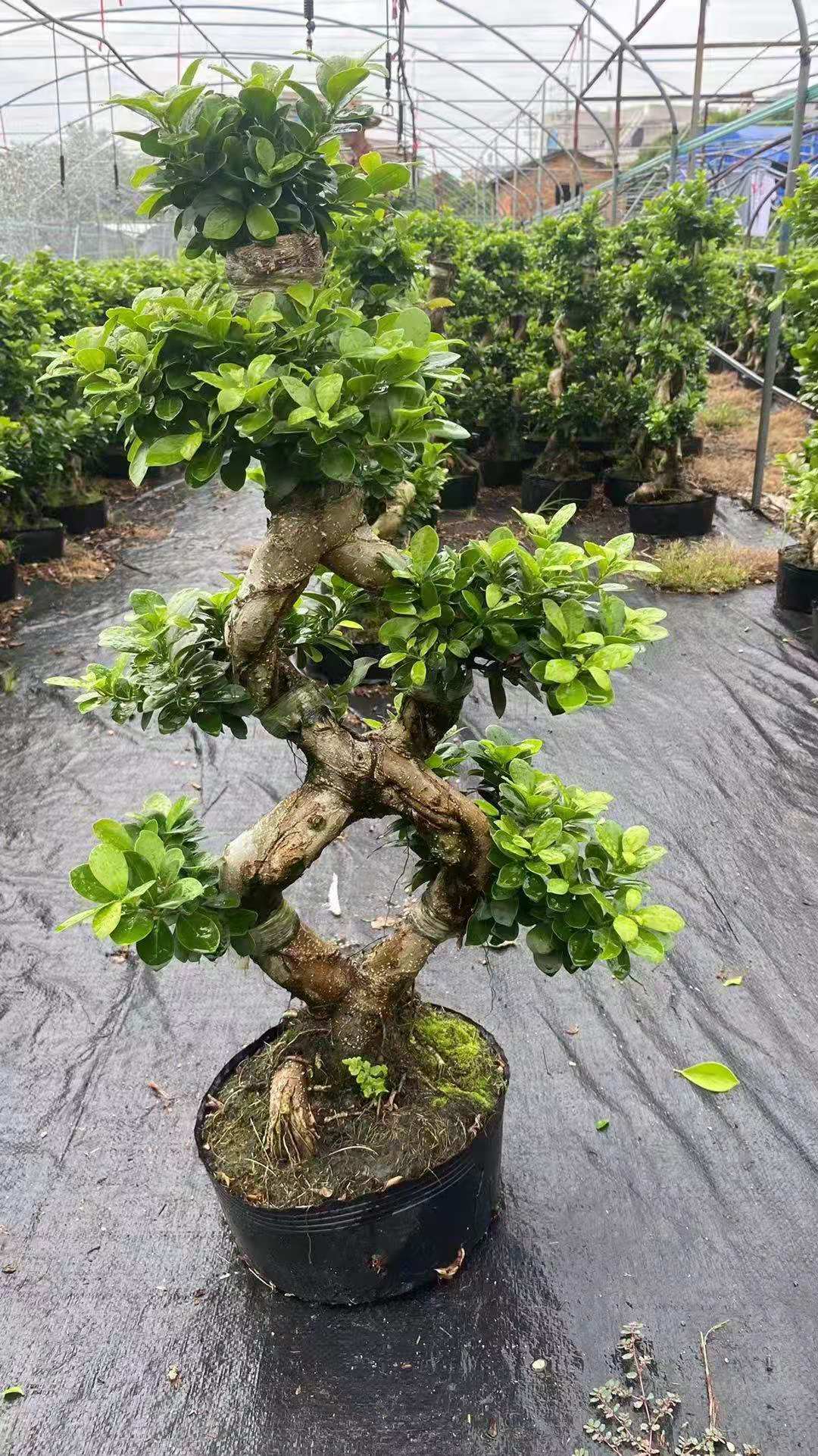China Factory for Sansevieria Oxygen - Wholesale Sansevieria Trifasciata Laurentii – Sunny Flower
China Factory for Sansevieria Oxygen - Wholesale Sansevieria Trifasciata Laurentii – Sunny Flower Detail:
Description:
1. Product: Sansevieria Lanrentii
2. Size: 30-40cm, 40-50cm, 50-60cm, 60-70cm, 70-80cm, 80-90cm
3. Pot: 5 pcs / pot or 6 pcs / pot or bare root etc., depends on customer requirements.
4. MOQ: 20ft container by sea, 2000 pcs by air.
Packaging & Delivery:
Packaging Details: carton packing or CC trade packing or wood crates packing
Port of Loading: XIAMEN, China
Means of Transport: By air / by sea
Certificate: phyto certificate, Co, Forma etc.
Payment & Delivery:
Payment: T/T 30% in advance, balance against copies of shipping documents.
Lead time: bare root in 7-15 days, with cocopeat with root (summer season 30 days, winter season 45-60 days)
Maintenance precautions:
Illumination
Sansevieria grows well under sufficient light conditions. In addition to avoiding direct sunlight in midsummer, you should receive more sunlight in other seasons. If placed in a dark indoor place for too long, the leaves will darken and lack vitality. However, indoor potted plants should not be suddenly moved to the sun, and should be adapted in a dark place first to prevent the leaves from being burned. If indoor conditions do not allow it, it can also be placed closer to the sun.
Soil
Sansevieria likes loose sandy soil and humus soil, and is resistant to drought and barrenness. Potted plants can use 3 parts of fertile garden soil, 1 part of coal slag, and then add a small amount of bean cake crumbs or poultry manure as base fertilizer. The growth is very strong, even if the pot is full, it does not inhibit its growth. Generally, the pots are changed every two years, in spring.
Moisture
When new plants germinate at the root neck in spring, water more appropriately to keep the pot soil moist; keep the pot soil moist in the summer high temperature season; control the amount of watering after the end of autumn and keep the pot soil relatively dry to enhance cold resistance. Control watering during winter dormancy, keep the soil dry, and avoid watering into leaf clusters. When using plastic pots or other decorative flower pots with poor drainage, avoid stagnant water to avoid rot and fall down the leaves.
Fertilization:
During the peak period of growth, fertilizer can be applied 1-2 times a month, and the amount of fertilizer applied should be small. You can use standard compost when changing pots, and apply thin liquid fertilizer 1-2 times a month during the growing season to ensure the leaves are green and plump. You can also bury cooked soybeans in 3 holes evenly in the soil around the pot, with 7-10 grains per hole, taking care not to touch the roots. Stop fertilizing from November to March of the following year.
Product detail pictures:




Related Product Guide:
"Sincerity, Innovation, Rigorousness, and Efficiency" is the persistent conception of our firm to the long-term to develop together with consumers for mutual reciprocity and mutual advantage for China Factory for Sansevieria Oxygen - Wholesale Sansevieria Trifasciata Laurentii – Sunny Flower , The product will supply to all over the world, such as: Gabon, Norwegian, Portugal, Why we can do these? Because: A, We are honest and reliable. Our products have high quality, attractive price, sufficient supply capacity and perfect service. B, Our geographical position has a big advantage . C, Various types: Welcome your inquiry, It will be highly appreciated.
The company account manager has a wealth of industry knowledge and experience, he could provide appropriate program according our needs and speak English fluently.

